Home>Garden Essentials>How To Plant A Magnolia Tree From Seed Pod
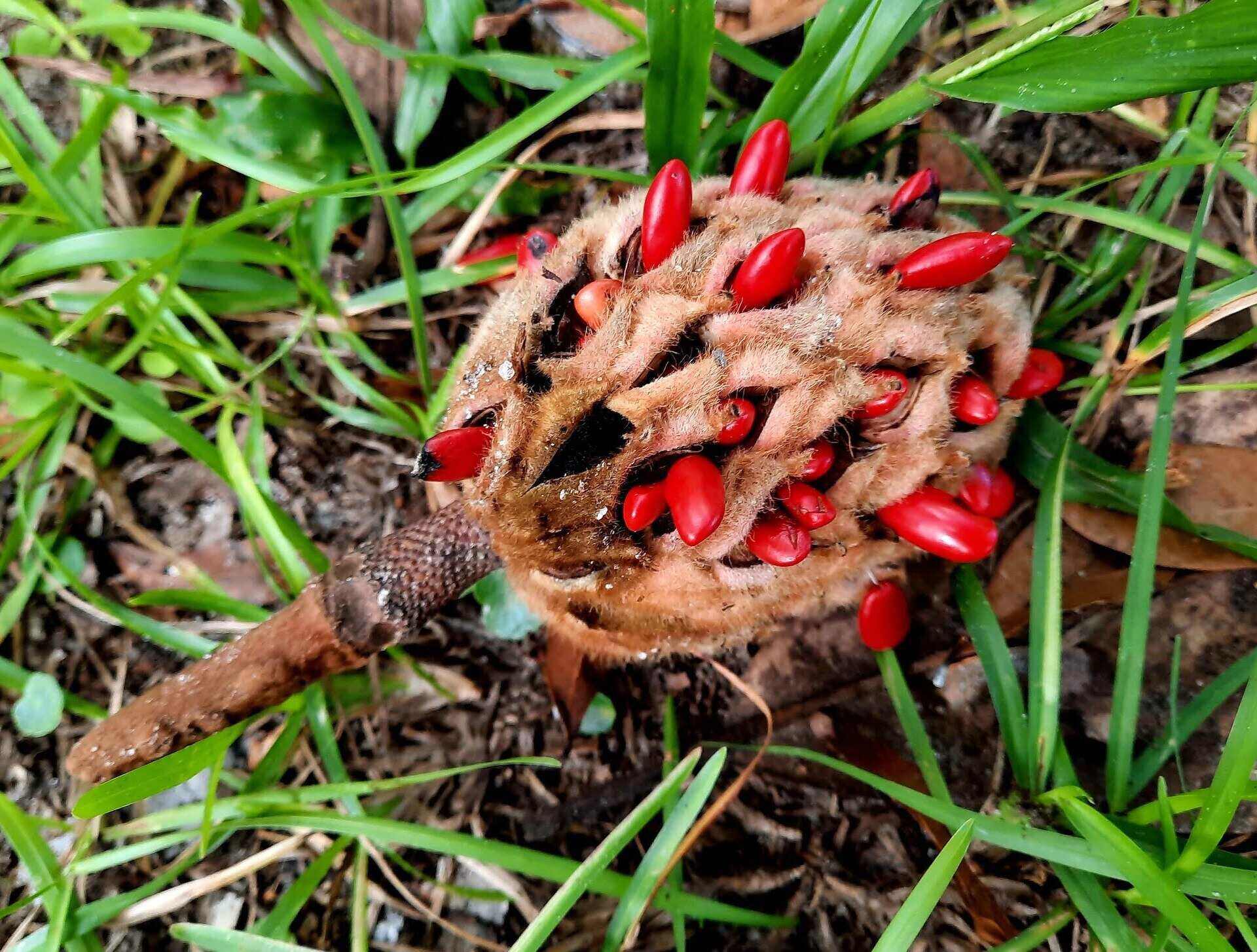

Garden Essentials
How To Plant A Magnolia Tree From Seed Pod
Modified: August 17, 2024
Learn how to plant a magnolia tree from a seed pod in your garden. Discover the steps and techniques for successful growth and enjoyment.
(Many of the links in this article redirect to a specific reviewed product. Your purchase of these products through affiliate links helps to generate commission for Storables.com, at no extra cost. Learn more)
Introduction
Welcome to the wonderful world of gardening! If you have a green thumb and a passion for growing your own plants, you may have considered planting a magnolia tree from a seed pod. Magnolias are beautiful and majestic trees that can add a touch of elegance to any garden or landscape.
Planting a magnolia tree from a seed pod can be a rewarding and fulfilling experience. Not only will you have the opportunity to nurture and watch your tree grow from a tiny seed, but you’ll also be able to witness the incredible transformation from a delicate seedling to a stunning tree adorned with fragrant flowers.
In this article, we will guide you through the process of planting a magnolia tree from a seed pod. We’ll cover everything from choosing the right seed pod to providing proper care for your seedlings. So, let’s get started and embark on this exciting gardening journey together!
Key Takeaways:
- Planting a magnolia tree from a seed pod is an exciting journey that starts with choosing a healthy seed pod and preparing the seeds for germination. With proper care and patience, you can grow your own magnificent magnolia tree!
- To plant a magnolia tree from a seed pod, start by selecting a high-quality seed pod and preparing the seeds for germination. Provide proper care, transplant the seedlings, and watch them grow into beautiful, flourishing trees. Happy gardening!
Read more: How To Start A Magnolia Tree From Seed
Choosing a Magnolia Seed Pod
When it comes to planting a magnolia tree from a seed pod, the first and most crucial step is selecting a high-quality seed pod. The seed pod is essentially the “fruit” of the magnolia tree that contains the seeds you will plant.
When choosing a seed pod, there are a few key factors to consider. Firstly, make sure to select a seed pod from a healthy and mature magnolia tree. Look for a seed pod that is firm, plump, and free from any signs of damage or disease. Avoid seed pods that appear shriveled, discolored, or have any visible rot or mold.
It’s also important to choose a seed pod that is relatively fresh. As magnolia seed pods age, the viability of the seeds within them decreases. Look for a seed pod that has recently fallen from the tree or is still attached to the tree but begins to crack open naturally. This indicates that the seeds are mature and ready for planting.
Additionally, consider the specific variety of magnolia you wish to grow. Magnolias come in various species and cultivars, each with its own unique characteristics and growth requirements. Research the specific variety you want and choose a seed pod that belongs to that particular variety to ensure that you’re growing the exact type of magnolia you desire.
Lastly, if possible, try to get a seed pod from a magnolia tree that is known to produce desirable traits such as vigorous growth, disease resistance, or stunning flowers. This will improve the chances of your seedlings inheriting these qualities and thriving in your garden.
Once you have selected a suitable seed pod, it’s time to move on to the next step: preparing the seed pod for planting.
Preparing the Seed Pod
Before planting the magnolia seeds from the seed pod, it’s essential to properly prepare the seed pod to optimize the germination process. Here are the steps to prepare the seed pod:
- Remove the outer covering: Start by gently removing the outer covering or hull of the seed pod. You can use your fingers or a small knife to carefully pry it open. Be cautious not to damage the seeds inside.
- Extract the seeds: Once you have opened the seed pod, carefully extract the seeds. Magnolia seeds are typically red or orange in color and are often surrounded by a gel-like substance. Separate the seeds from the gel and rinse them gently with water to remove any residue.
- Inspect the seeds: Take a close look at each seed and discard any that appear damaged, discolored, or shriveled. Only select seeds that are firm and plump as they have the best chance of germinating successfully.
- Stratification: Magnolia seeds require a period of stratification to simulate the natural winter conditions that trigger germination. To stratify the seeds, place them in a moistened paper towel or a small container filled with damp peat moss. Seal the container or wrap the paper towel in plastic wrap, and then refrigerate it for approximately 90 days. This cold stratification process helps to break the seed dormancy and promotes germination.
By properly preparing the seed pod, you are setting the stage for successful germination and the growth of healthy magnolia seedlings. The next step is soaking the seeds to further enhance their germination rate.
Soaking the Seeds
After the stratification period, it’s time to soak the magnolia seeds before planting them. Soaking the seeds helps to soften the outer seed coat and improves the chances of successful germination. Here’s how to soak the seeds:
- Prepare a soaking solution: Fill a small container with room temperature water. You can also add a few drops of seaweed extract or a rooting hormone to the water, as these can help stimulate root growth.
- Place the seeds in the solution: Gently place the stratified seeds into the soaking solution. Make sure the seeds are fully submerged in the water.
- Allow for soaking time: Let the seeds soak in the solution for about 24 to 48 hours. This soaking period helps to hydrate the seeds and initiate the germination process.
It’s important to note that not all magnolia seeds require soaking. Some varieties have naturally permeable seed coats and do not need pre-soaking. However, soaking is generally recommended as it can enhance germination rates for most magnolia seeds.
Once the seeds have soaked for the appropriate amount of time, it’s time to move on to preparing the planting container.
Preparing the Planting Container
Choosing the right planting container is crucial for the successful growth of your magnolia seedlings. Here are the steps to prepare the planting container:
- Select a suitable container: Choose a container that is at least 2-3 inches deep and has drainage holes at the bottom. This will ensure proper drainage and prevent waterlogging, which can lead to root rot.
- Fill the container with a suitable growing medium: Use a well-draining potting mix that is rich in organic matter. Avoid using regular garden soil, as it may be too heavy and can compact the roots. A blend of peat moss, perlite, and compost is a good choice.
- Moisten the growing medium: Before planting, moisten the potting mix to ensure it is evenly damp. Avoid making it too soggy, as excessive moisture can lead to fungal diseases.
Once you have prepared the planting container, it’s time to plant the magnolia seeds.
After collecting the seed pod, plant it in well-draining soil in a sunny spot. Keep the soil consistently moist and wait for the seed to germinate, which can take several months. Be patient and provide proper care for the young tree to thrive.
Read more: When To Plant Magnolia Seeds
Planting the Magnolia Seeds
Now that you have prepared the planting container, it’s time to plant the magnolia seeds. Follow these steps to ensure successful planting:
- Make planting holes: Use your finger or a small dibber to make shallow holes in the moistened potting mix. The holes should be approximately 1 inch deep and spaced at least 2 inches apart.
- Place the seeds in the holes: Gently place one seed in each planting hole. Ensure the seeds are positioned with the pointed end facing down and the rounded end facing up.
- Cover the seeds: Lightly cover the seeds with a thin layer of the potting mix. The layer should be just enough to cover the seeds without burying them too deep.
- Label the container: It’s important to label the container with the variety of magnolia and the date of planting. This will help you keep track of the seeds and their progress.
- Water the seeds: After planting, give the seeds a gentle watering to settle the soil and ensure adequate moisture. Be careful not to overwater; the soil should be moist but not soggy.
Now that the magnolia seeds are planted, it’s time to provide proper care to promote their growth and development.
Providing Proper Care
Proper care is essential to ensure the healthy growth and development of your magnolia seedlings. Here are some important aspects to consider:
- Light: Magnolias thrive in full sun to partial shade. Place the planting container in a location that receives at least six hours of direct sunlight each day. If necessary, use a grow light to supplement sunlight.
- Water: Keep the potting mix consistently moist, but not waterlogged. Water the seedlings whenever the top inch of soil feels dry. Be careful not to overwater, as this can lead to root rot. Use a watering can or misting bottle to provide a gentle and even water distribution.
- Temperature: Magnolias prefer moderate temperatures. Maintain a temperature range of 65-75°F (18-24°C) during the day and slightly cooler temperatures at night.
- Fertilizer: After the seedlings have developed their first set of true leaves, begin feeding them with a diluted balanced fertilizer. Follow the instructions on the fertilizer packaging for the appropriate dosage and frequency. Organic options like seaweed or fish emulsion can also be used.
- Pruning: Once your magnolia seedlings have grown a few sets of leaves, you can consider lightly pruning them to encourage branching and a bushier growth habit. Be careful not to prune too much, as it can stress the young plants.
- Protection: Protect the seedlings from extreme weather conditions, strong winds, and pests. Consider using a windbreak or providing shade during hot summer days to prevent stress and damage to the plants.
Remember to regularly monitor the growth of your magnolia seedlings and make adjustments to the care routine as needed. Patience and consistent care will help your seedlings develop into strong and healthy magnolia trees.
Once the magnolia seedlings have grown to a suitable size, it’s time to transplant them into their permanent spot in your garden or landscape.
Transplanting the Seedlings
Transplanting magnolia seedlings into their permanent spot in your garden is an exciting milestone in their growth journey. Follow these steps to ensure a successful transplant:
- Choose the right time: Spring or fall is the ideal time to transplant magnolia seedlings. Select a day when the weather is mild and there is no extreme heat or cold.
- Prepare the planting hole: Dig a hole in the ground that is wide and deep enough to accommodate the root ball of the seedling. Make sure the hole is loosened and amended with organic matter, such as compost, to promote healthy root growth.
- Carefully remove the seedling: Gently loosen the seedling from the planting container. Be cautious not to damage the delicate roots. If the seedling is root-bound, lightly tease the roots to encourage outward growth.
- Place the seedling in the hole: Position the seedling in the center of the hole, making sure that the top of the root ball is level with the surrounding soil. Avoid planting the seedling too deep, as it can suffocate the roots.
- Backfill and firm the soil: Fill the hole with soil, taking care to eliminate any air pockets. Use your hands to gently firm the soil around the base of the seedling to provide stability.
- Water thoroughly: After transplanting, give the seedling a deep watering to settle the soil and eliminate any remaining air pockets. Continue to water regularly to keep the soil evenly moist as the seedling establishes itself.
- Apply mulch: Apply a layer of organic mulch, such as wood chips or straw, around the base of the seedling. This will help conserve moisture, suppress weeds, and regulate soil temperature.
- Provide ongoing care: Monitor the transplanted seedling closely and continue to provide appropriate care, including regular watering, fertilizing, and protection from harsh weather conditions.
It’s important to note that transplanted seedlings may experience some shock initially. Be patient and give them time to adjust to their new environment. With proper care and attention, your magnolia seedlings will grow into beautiful, flourishing trees that will bring joy for years to come.
Congratulations on successfully transplanting your magnolia seedlings and creating a new addition to your garden!
Conclusion
Planting a magnolia tree from a seed pod is a rewarding and fulfilling experience that allows you to witness the remarkable journey of a tiny seed transforming into a majestic tree. By following the steps outlined in this article, you can successfully grow your own magnolia tree from start to finish.
Remember to start by choosing a healthy and mature seed pod, ensuring that it belongs to the specific magnolia variety you desire. Preparing the seed pod, soaking the seeds, and carefully planting them in a suitable container are essential steps to promote successful germination and growth.
Providing proper care, including adequate sunlight, water, temperature, and fertilization, will nurture your magnolia seedlings into strong and healthy trees. Transplanting the seedlings at the right time and providing ongoing care in their new location will help them thrive and add beauty to your garden or landscape.
Throughout this gardening journey, be patient and resilient. Magnolias can take several years to reach their full splendor, but the wait will be well worth it once you witness their stunning flowers and enjoy the elegant presence they bring to your outdoor space.
So dig in, get your hands dirty, and embark on this remarkable adventure of planting and growing a magnolia tree from a seed pod. Let nature work its magic, and enjoy the fulfillment that comes with nurturing a living masterpiece.
Happy gardening!
Now that you've mastered planting magnolia trees, why not enhance your garden's appeal with some creative boundaries? Our next feature offers a variety of garden fence ideas that cater to every style and need. Whether you're looking for privacy, aesthetics, or a blend of both, you'll find inspiration to transform your garden into a delightful, well-defined space. Don't miss out on making your outdoor area more enchanting and functional.
Frequently Asked Questions about How To Plant A Magnolia Tree From Seed Pod
Was this page helpful?
At Storables.com, we guarantee accurate and reliable information. Our content, validated by Expert Board Contributors, is crafted following stringent Editorial Policies. We're committed to providing you with well-researched, expert-backed insights for all your informational needs.
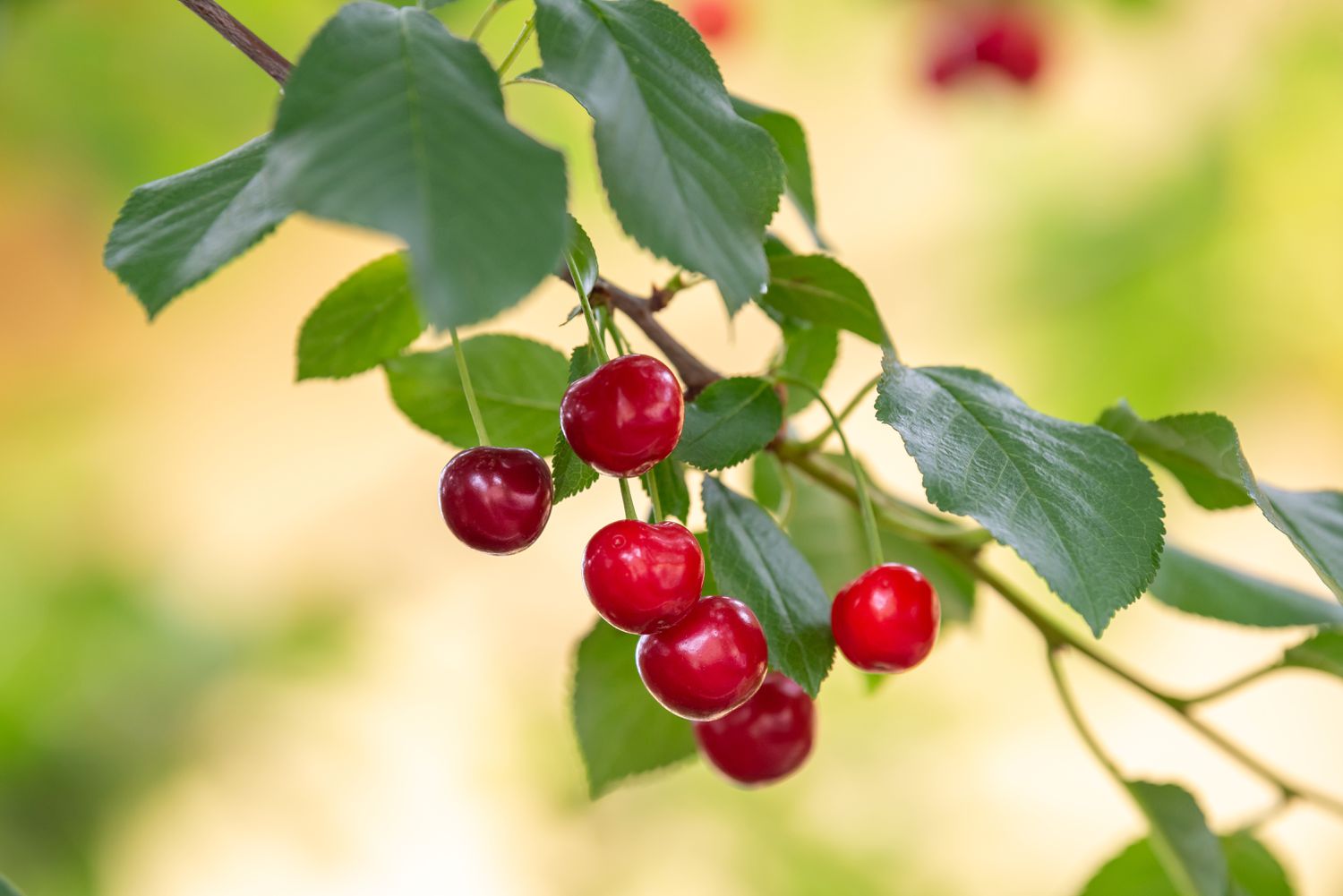
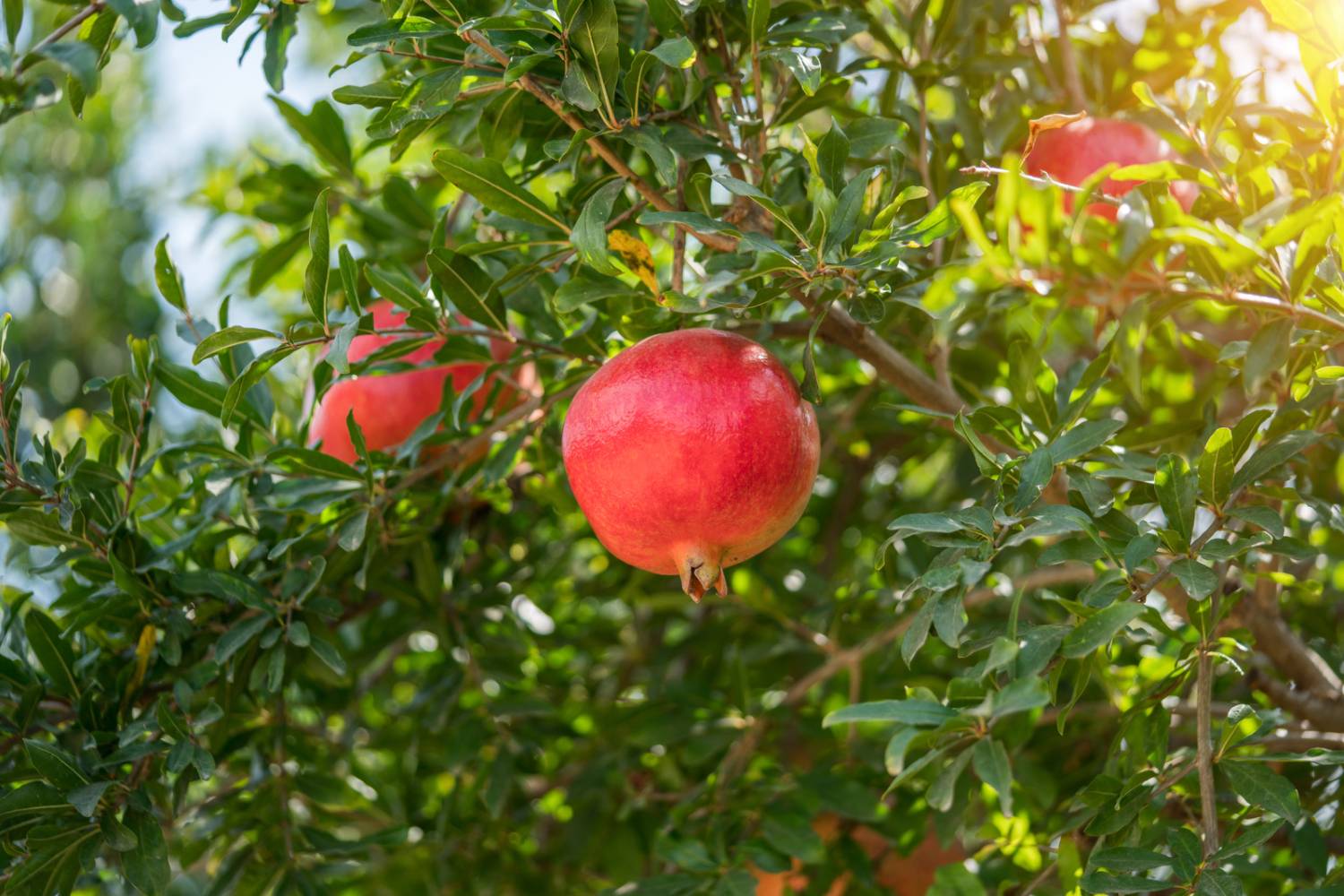

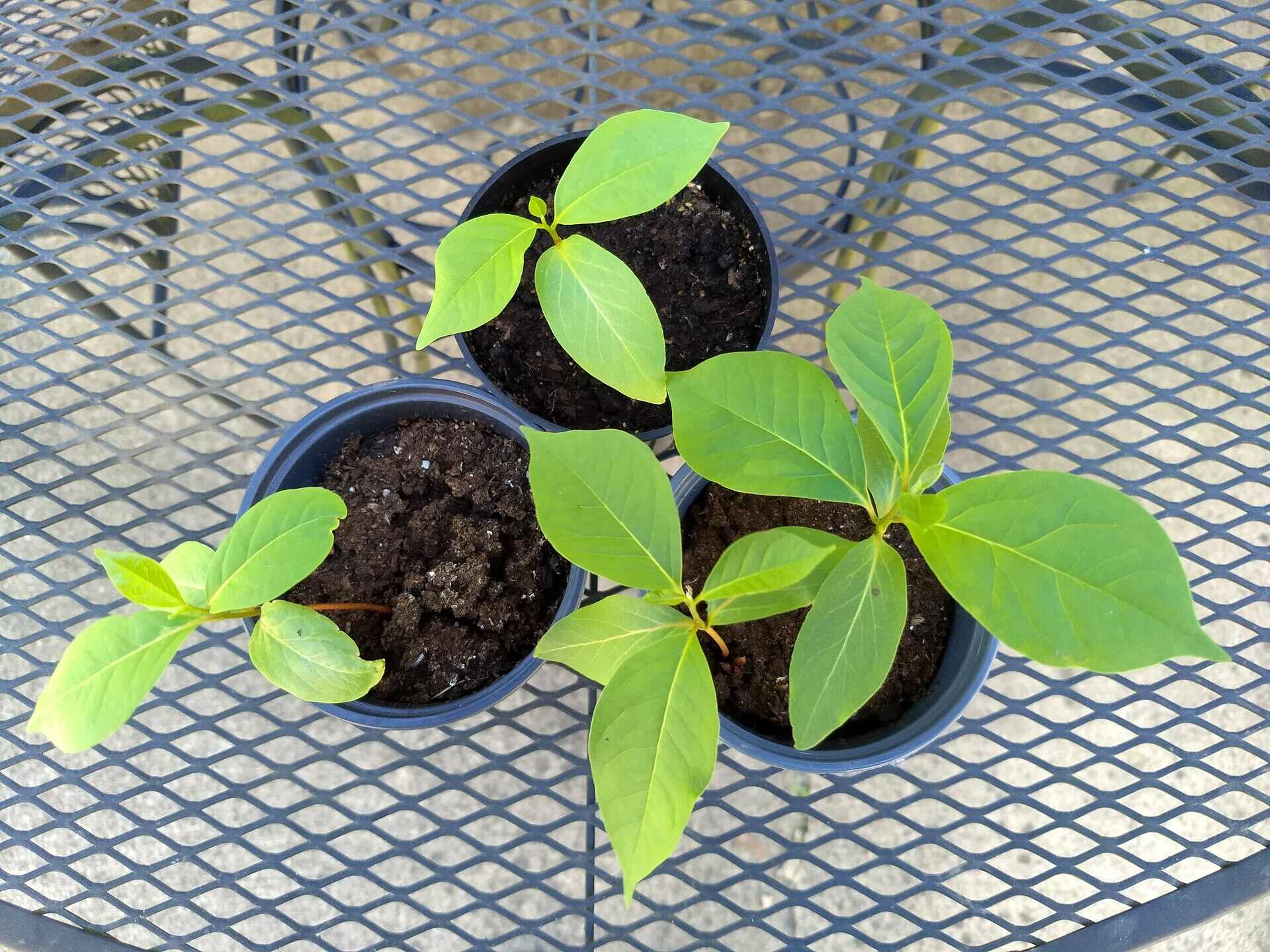
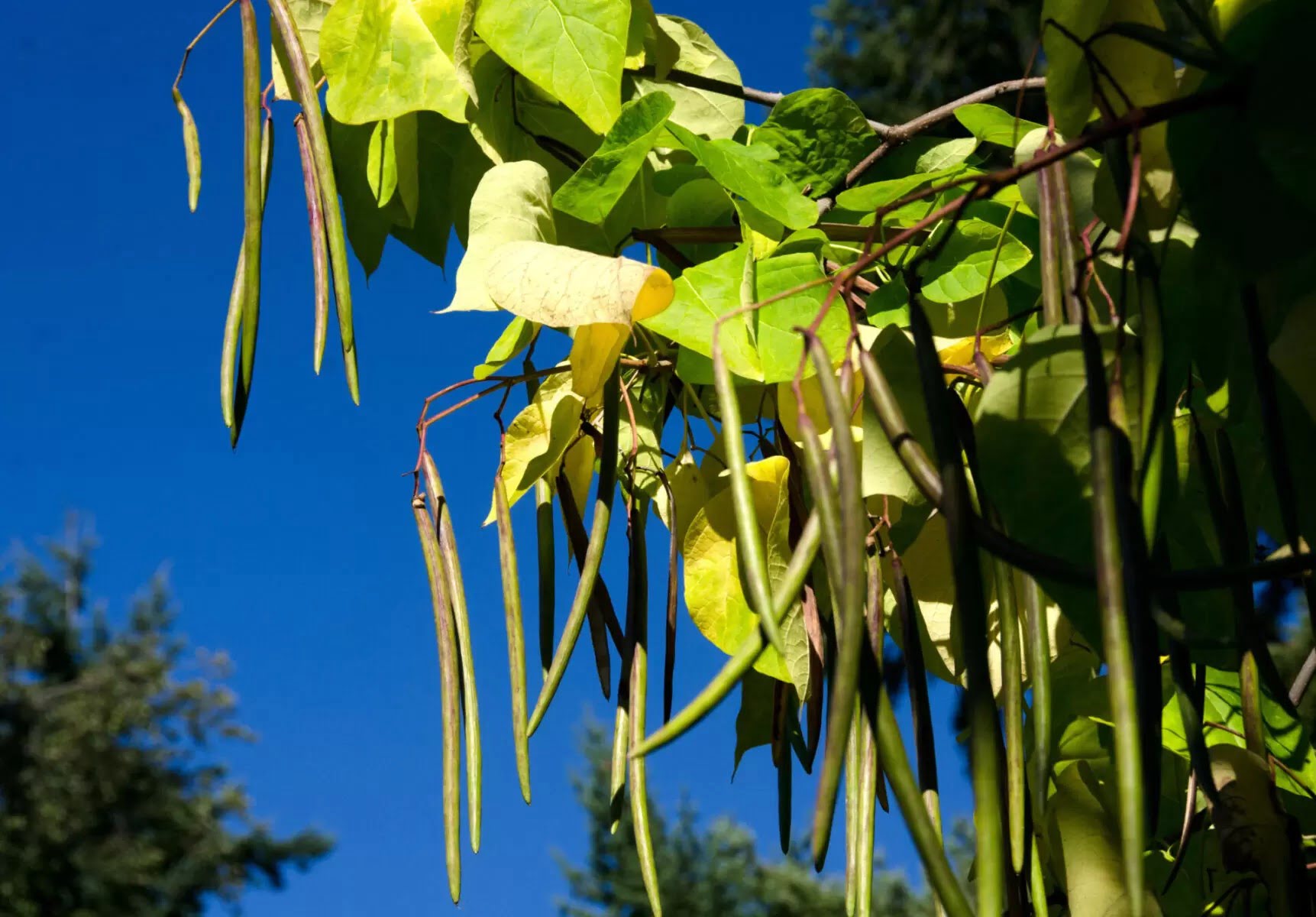
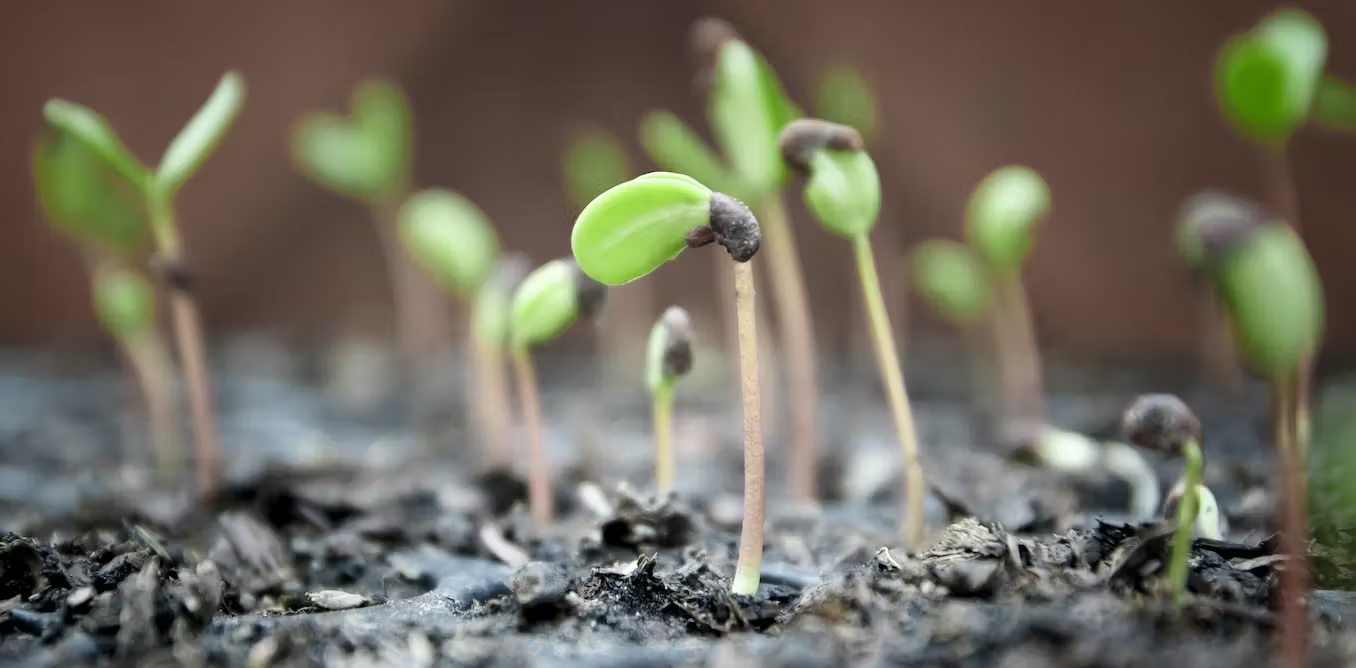
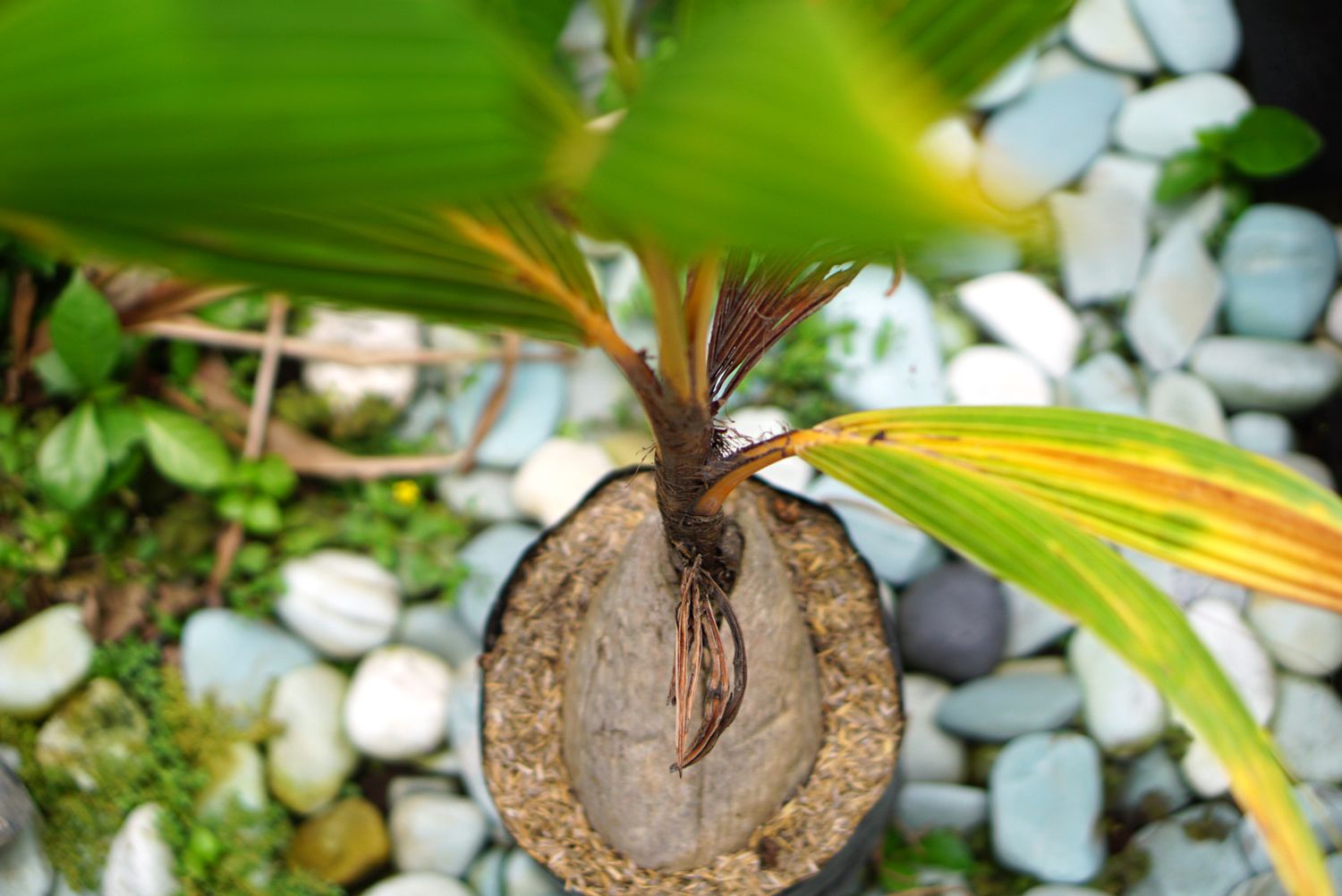
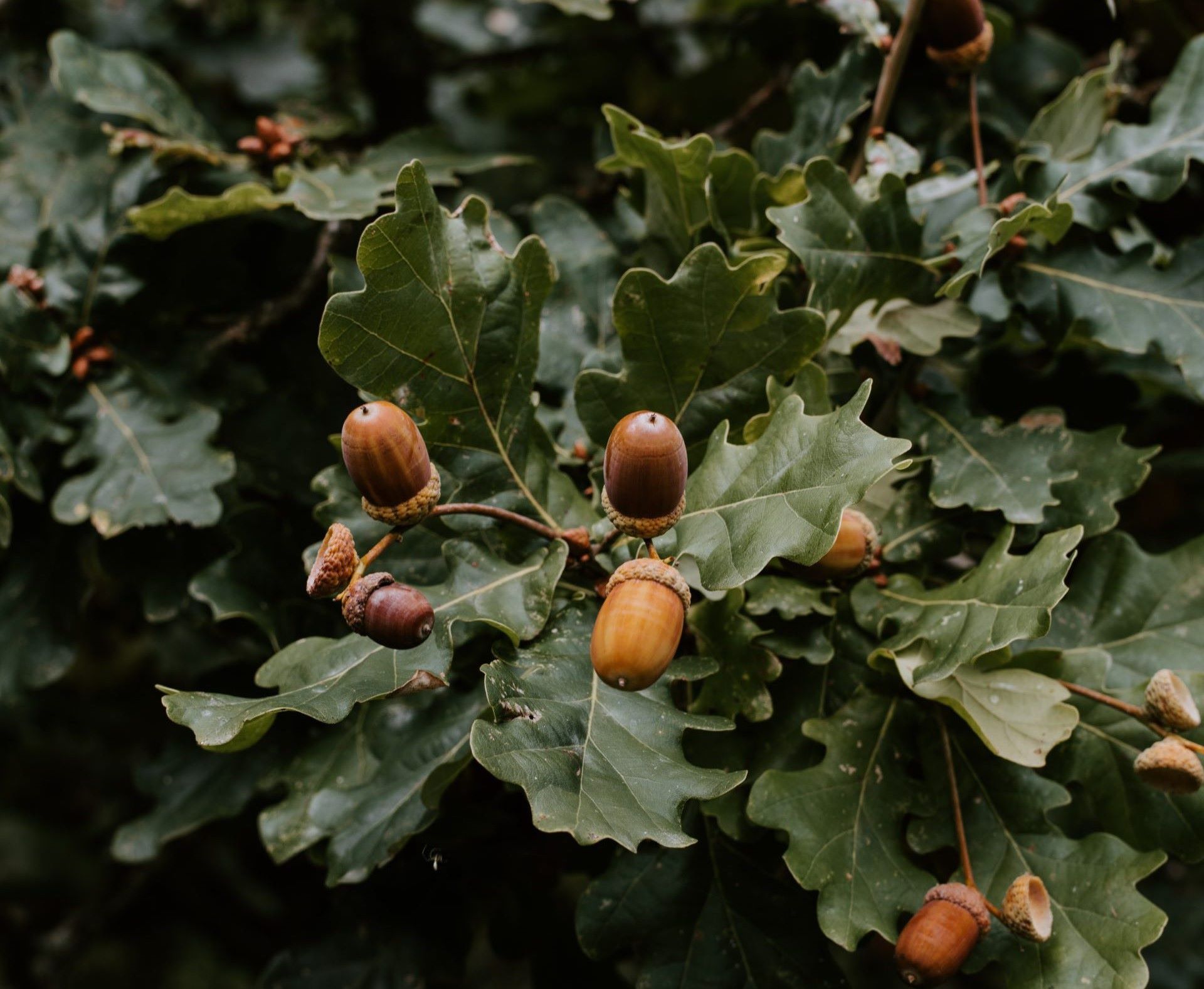


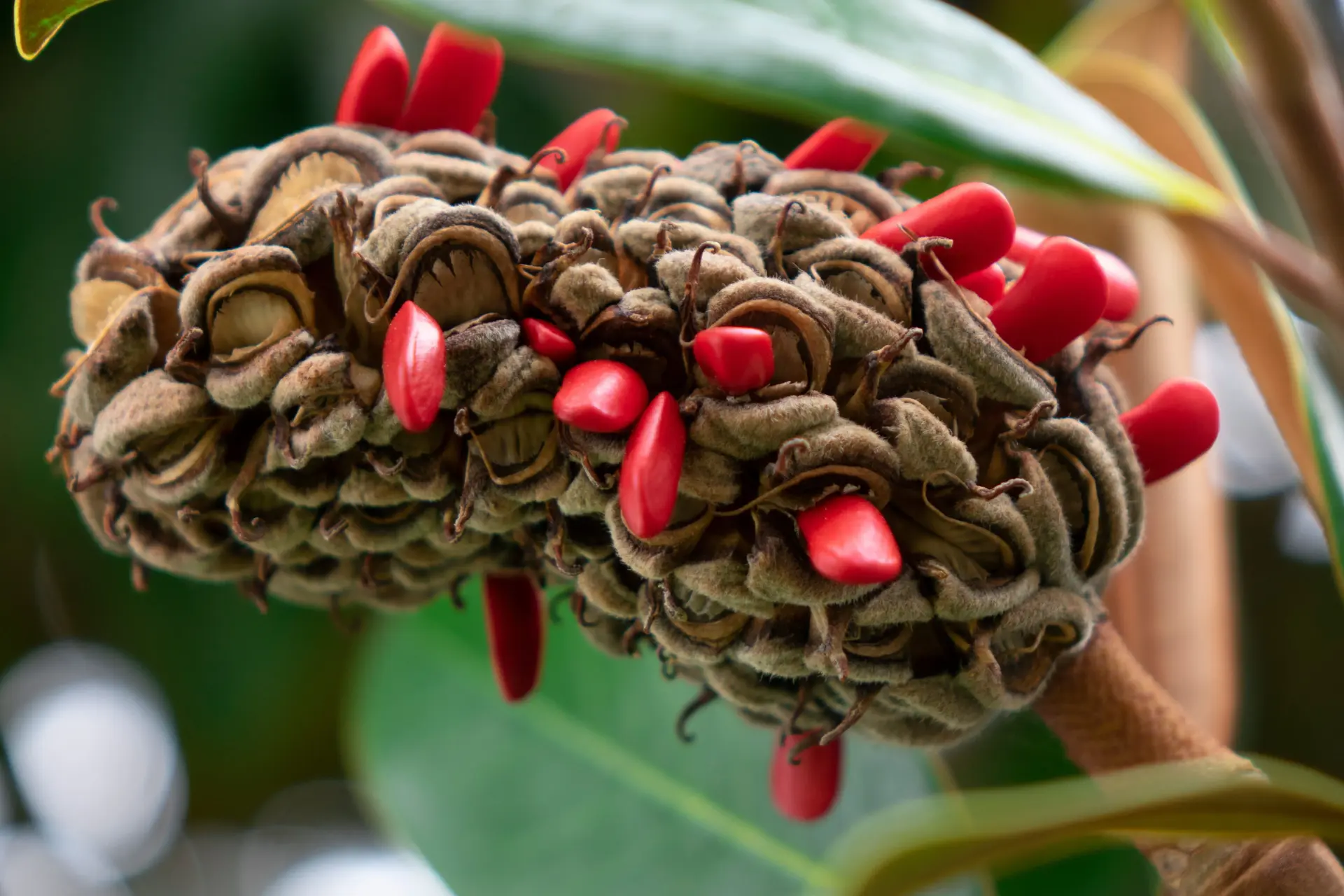
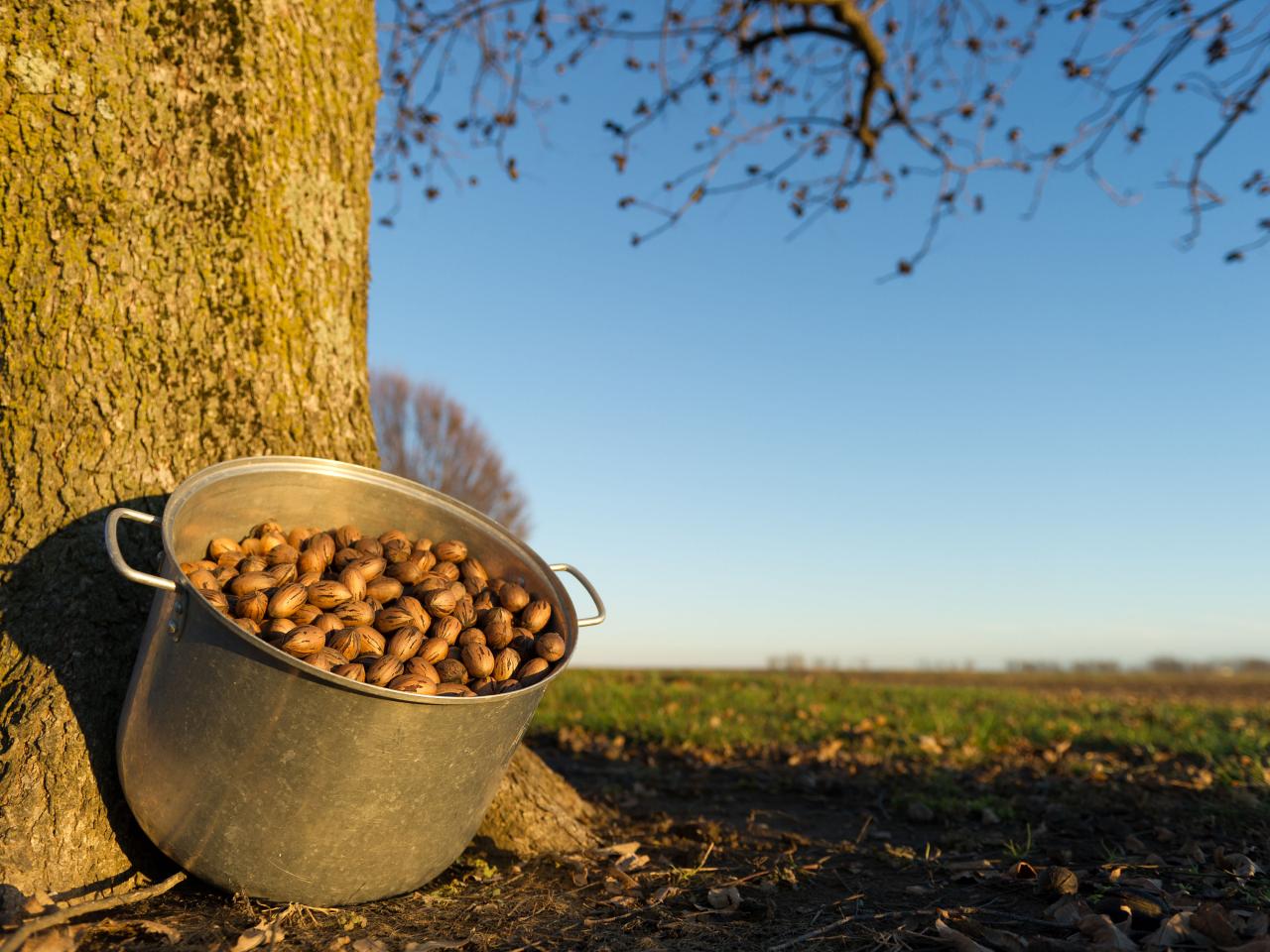
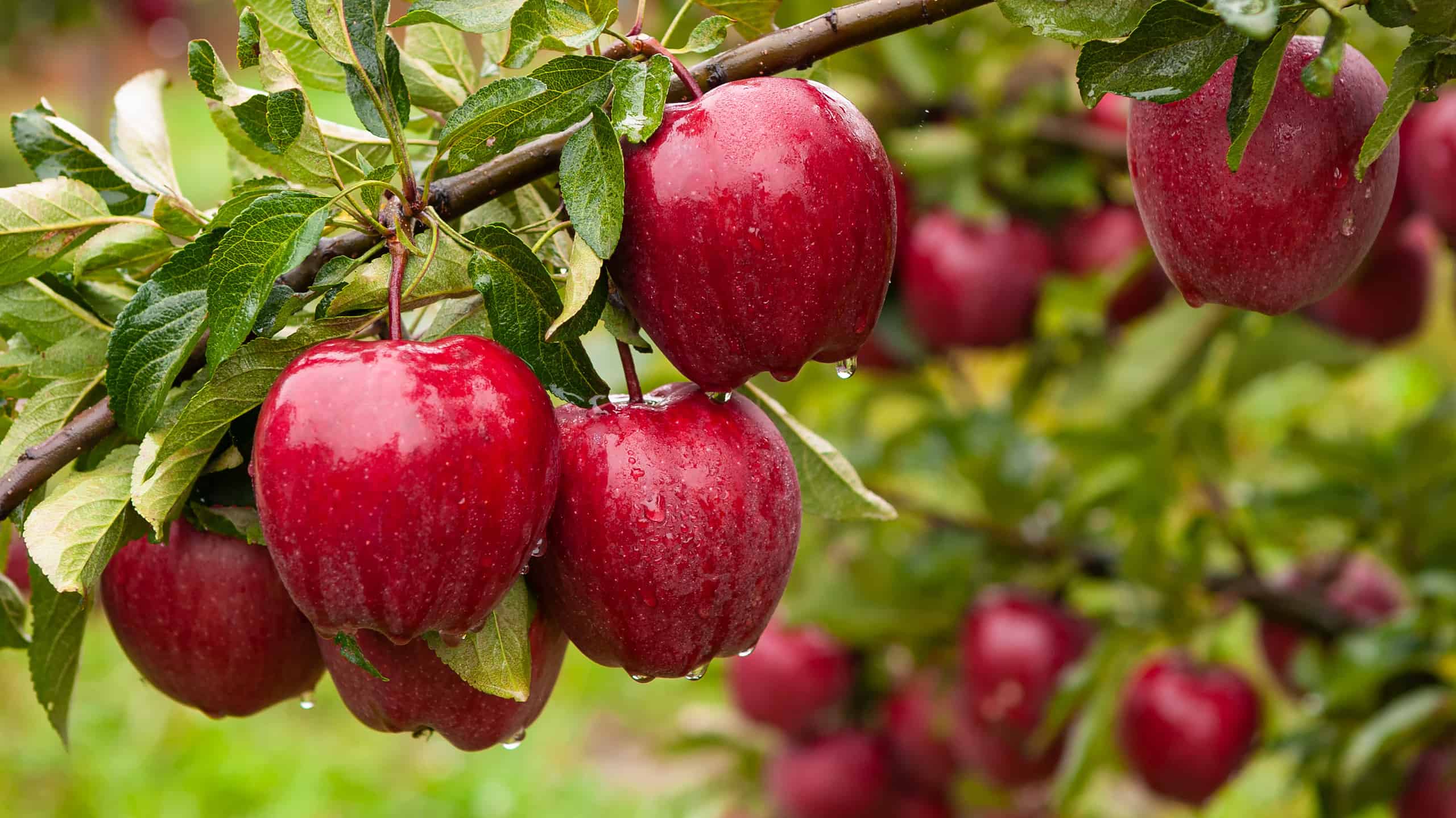
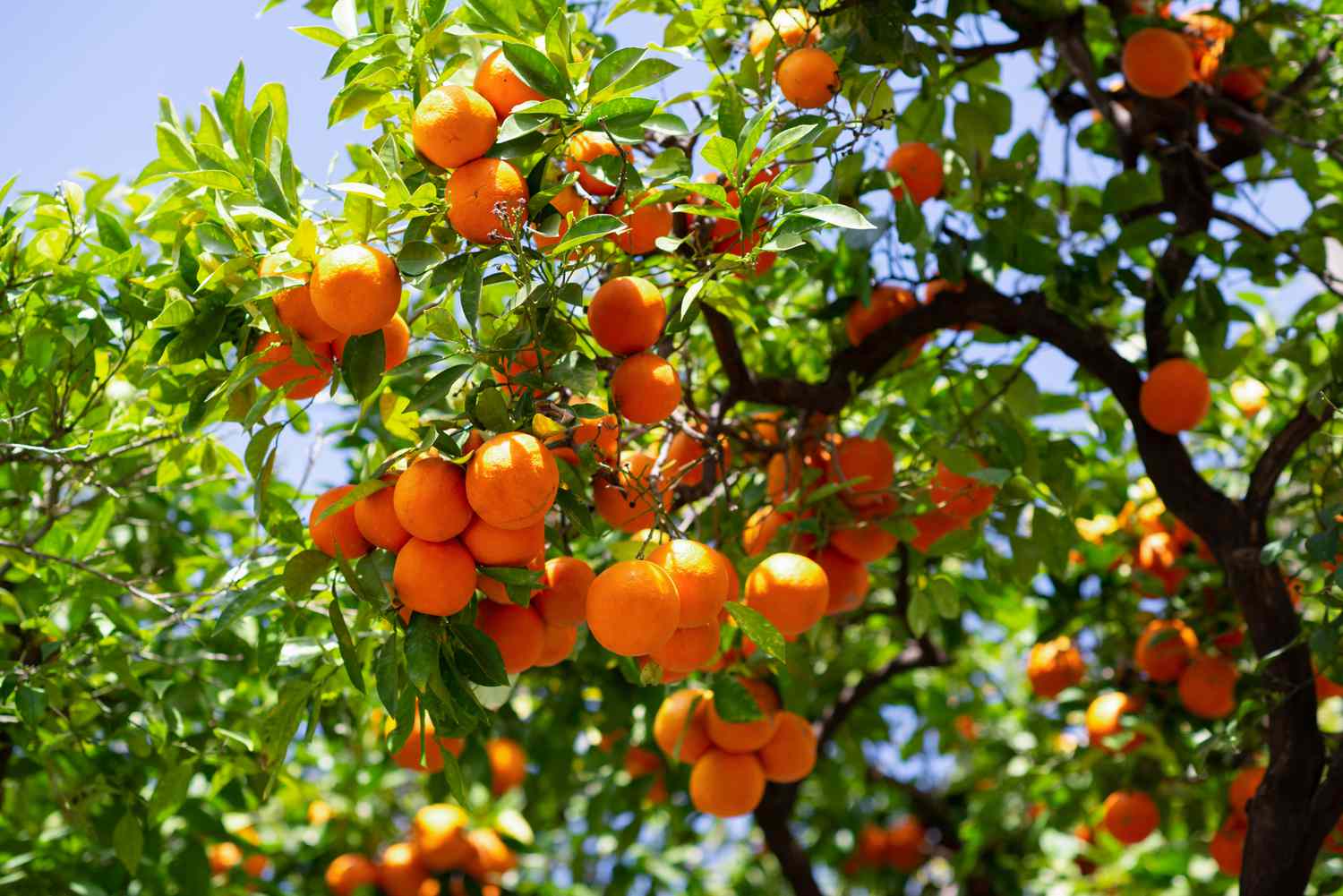

0 thoughts on “How To Plant A Magnolia Tree From Seed Pod”